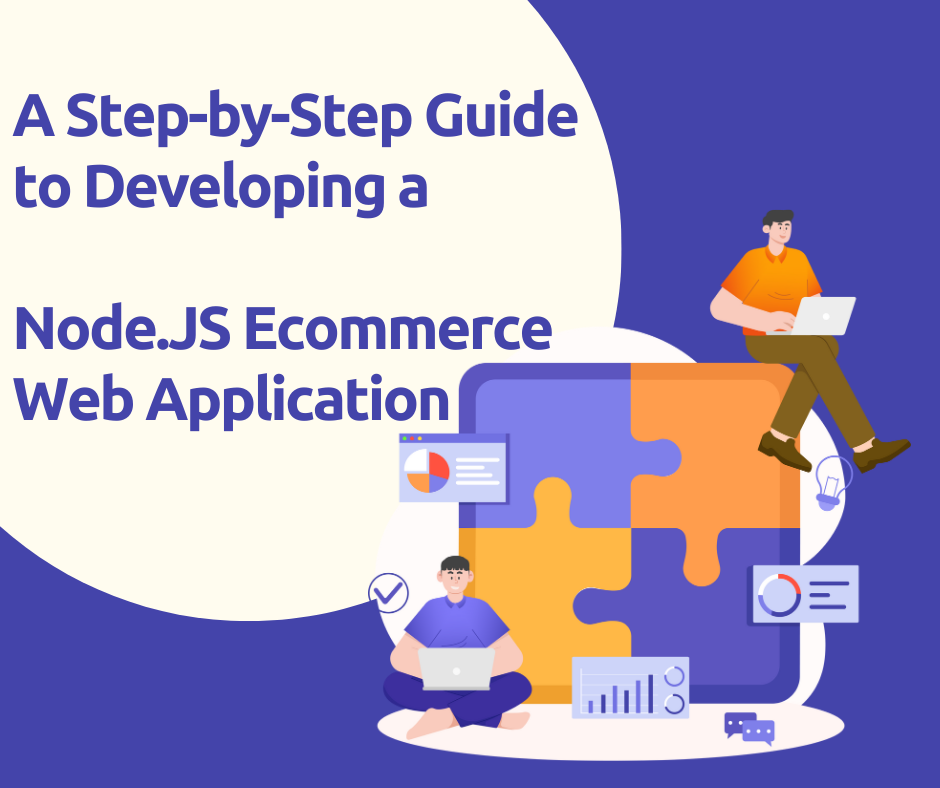As we approach 2024, the e-commerce landscape is poised for transformative changes driven by advancements in technology, shifting consumer behaviours, and the evolving digital ecosystem. To stay ahead in the competitive world of online retail, businesses need to anticipate and embrace emerging trends that will shape the future of e-commerce. In this blog, we will delve into the key trends that are likely to define the e-commerce landscape in 2024.
1. Extended Reality (XR) Integration for Immersive Shopping Experiences
While Augmented Reality (AR) and Virtual Reality (VR) have made strides in recent years, 2024 is expected to witness a broader integration of Extended Reality (XR) in e-commerce. XR encompasses AR, VR, and Mixed Reality (MR), providing consumers with more immersive and interactive shopping experiences. Imagine trying on virtual clothing, virtually placing furniture in your living room, or even experiencing products in a simulated environment. XR has the potential to revolutionize how consumers shop online, offering a level of engagement and personalization previously unattainable.
2. Voice Commerce Evolution with AI Assistants
Voice commerce, driven by Artificial Intelligence (AI) assistants, is set to evolve significantly in 2024. As natural language processing and AI algorithms become more sophisticated, voice-activated shopping experiences will become more seamless and personalized. Consumers will be able to make purchases, track orders, and receive product recommendations using voice commands. Businesses will need to optimize their platforms for voice search and invest in AI-driven virtual assistants to provide a frictionless shopping experience for voice-enabled devices.
3. Metaverse Integration for Virtual Shopping Spaces
The concept of the metaverse, a collective virtual shared space, is gaining momentum, and its impact on e-commerce is anticipated to be substantial in 2024. E-commerce brands may explore establishing a presence within the metaverse, creating virtual shopping spaces where consumers can interact with products, attend virtual events, and even socialize with other shoppers. The metaverse offers a new frontier for immersive and social shopping experiences, blurring the lines between the digital and physical realms.
4. Cryptocurrency and Blockchain for Secure Transactions
Cryptocurrency and blockchain technology are poised to play a more significant role in e-commerce transactions in 2024. As concerns about online security persist, businesses are likely to adopt blockchain for secure and transparent transactions. Cryptocurrencies, such as Bitcoin and Ethereum, may become more widely accepted as payment options. The decentralized nature of blockchain ensures the integrity of transactions, providing both merchants and consumers with enhanced security and trust in the e-commerce ecosystem.
5. AI-Powered Personalization at Scale
Artificial Intelligence will continue to be a driving force behind personalized shopping experiences, but in 2024, we can expect AI to take personalization to new heights. AI algorithms will analyze vast amounts of data to create hyper-personalized recommendations, taking into account individual preferences, browsing behaviour, and real-time interactions. This level of personalization can significantly enhance customer engagement, and satisfaction, and ultimately, drive higher conversion rates.
6. Zero-Click Purchases with Predictive Analytics
In 2024, predictive analytics will empower e-commerce platforms to offer zero-click purchases, predicting what products a customer is likely to buy before they even initiate the purchase. Leveraging machine learning algorithms, e-commerce sites will streamline the buying process, reducing friction and making shopping more convenient than ever. This trend aligns with the broader industry focus on providing a seamless and effortless customer experience.
7. Sustainability as a Core E-commerce Value
Sustainability is no longer just a trend; it’s becoming a fundamental value in the e-commerce industry. In 2024, consumers will increasingly prioritize eco-friendly and sustainable brands. E-commerce businesses will need to adopt sustainable practices throughout their operations, from supply chain management to packaging. Transparent communication about these sustainability efforts will not only attract environmentally conscious consumers but also build brand trust and loyalty.
8. Social Commerce 2.0: Shoppable Livestreams and Instant Purchases
Social commerce is evolving, and in 2024, we can expect to see a new wave of innovation. Shoppable livestreams, where influencers and brands showcase products in real-time, will gain popularity. Viewers can instantly purchase featured items without leaving the live stream. This real-time, interactive shopping experience is expected to dominate social media platforms, providing a dynamic and engaging channel for e-commerce.
9. Rise of Niche Marketplaces and Direct-to-Consumer (DTC) Brands
As e-commerce matures, consumers are seeking more curated and specialized shopping experiences. Niche marketplaces catering to specific interests or product categories are likely to gain prominence in 2024. Additionally, Direct-to-Consumer (DTC) brands will continue to disrupt traditional retail models, leveraging e-commerce platforms to establish a direct relationship with consumers. The appeal lies in personalized products, transparent pricing, and a more intimate brand-consumer connection.
10. Augmented Social Proof for Enhanced Trust
Building trust is crucial in e-commerce, and in 2024, augmented social proof will play a key role in enhancing trustworthiness. User-generated content, reviews, and testimonials will be augmented with AI-generated insights, providing potential buyers with a more comprehensive and authentic view of products. This augmented social proof can instil confidence in consumers and contribute to informed purchasing decisions.
Conclusion,
The future of e-commerce in 2024 promises to be dynamic and revolutionary. Businesses that embrace these emerging trends will not only stay competitive but also pave the way for a more innovative and consumer-centric online shopping experience. Whether it’s the integration of extended reality, the adoption of cryptocurrency, or the evolution of social commerce, the e-commerce landscape is on the brink of a transformative era. As we navigate the coming years, the e-commerce industry will continue to redefine the way we shop, connect, and experience the digital marketplace. Looking for ecommerce website designing solutions.

